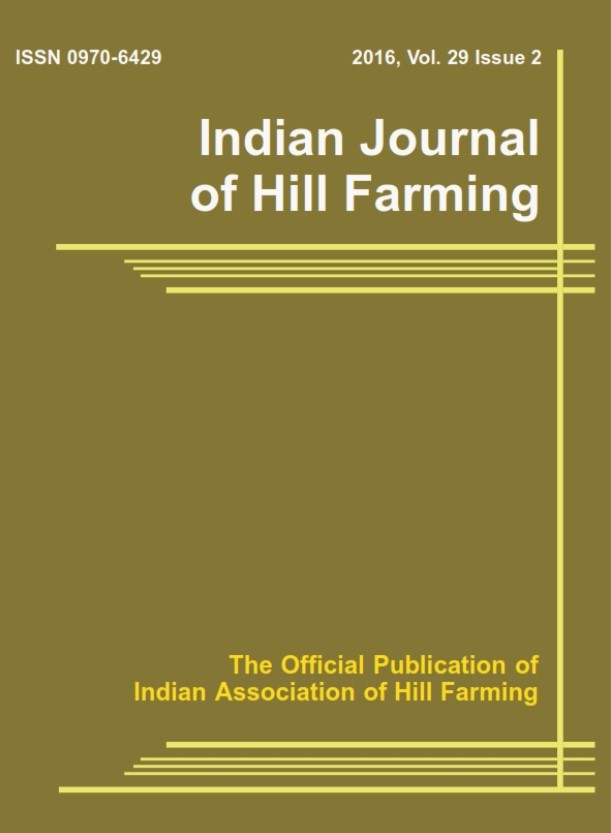Identification of potential water harvesting zones in Sumbuk watershed of Sikkim using remote sensing and GIS
DOI:
https://doi.org/10.56678/Keywords:
Check dams, Contour trenches, GIS, Remote sensing, site suitability, Water harvestingAbstract
Spatial and temporal variation of rainfall, with remarkable decline in the winter rain has increased the demands for water resources in the state of Sikkim. The main aim of the study is to identify potential zones for construction of water harvesting structures in Sumbuk watershed of South Sikkim using Remote Sensing and Geographic Information System (GIS). Different thematic maps such as the slope map, land use/ land cover and soil map were integrated for mapping water harvesting potential zones. Suitable zones were classified using suitability criteria and Analytic Hierarchy Process (AHP) as a decision-making tool. The delineated zone for water harvesting structures was divided into three zones i.e., suitable, moderately suitable and least suitable zone. For check dams, an area under suitable water harvesting potential zone covered about 85.49 ha (2.3 %), moderately suitable and least suitable covered 92.13 ha (2.48 %) and 3529.46 ha (95.2 %), respectively. For contour trenches, the area under suitable water harvesting potential zone covered about 794.23 ha (21.42 %), moderately suitable and least suitable covered 1228.13 ha (33.12 %) and 1684.72 ha (45.44 %), respectively. Upon overlaying the suitability map with the stream order and contour lines; a total of 73 sites suitable for check dam and contour trenches water harvesting structures were identified.
Downloads
Published
Issue
Section
License

This work is licensed under a Creative Commons Attribution-NonCommercial-NoDerivatives 4.0 International License.




